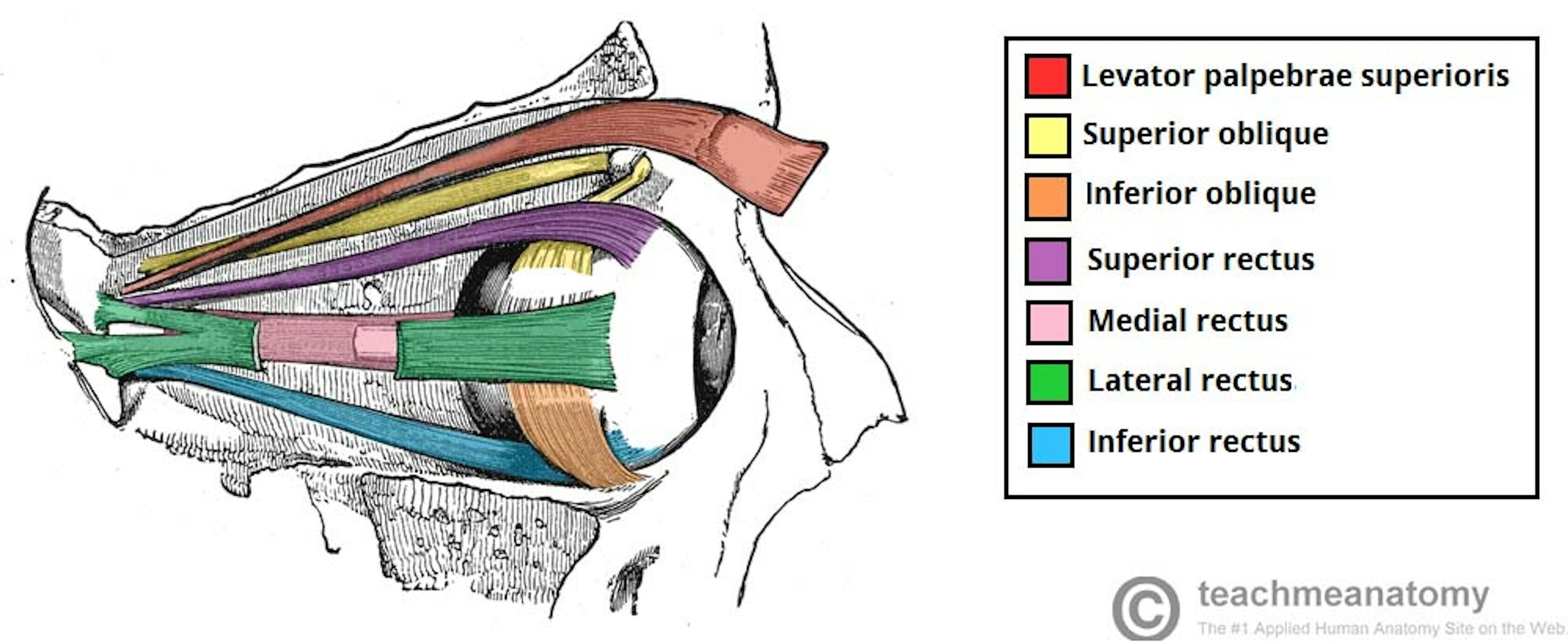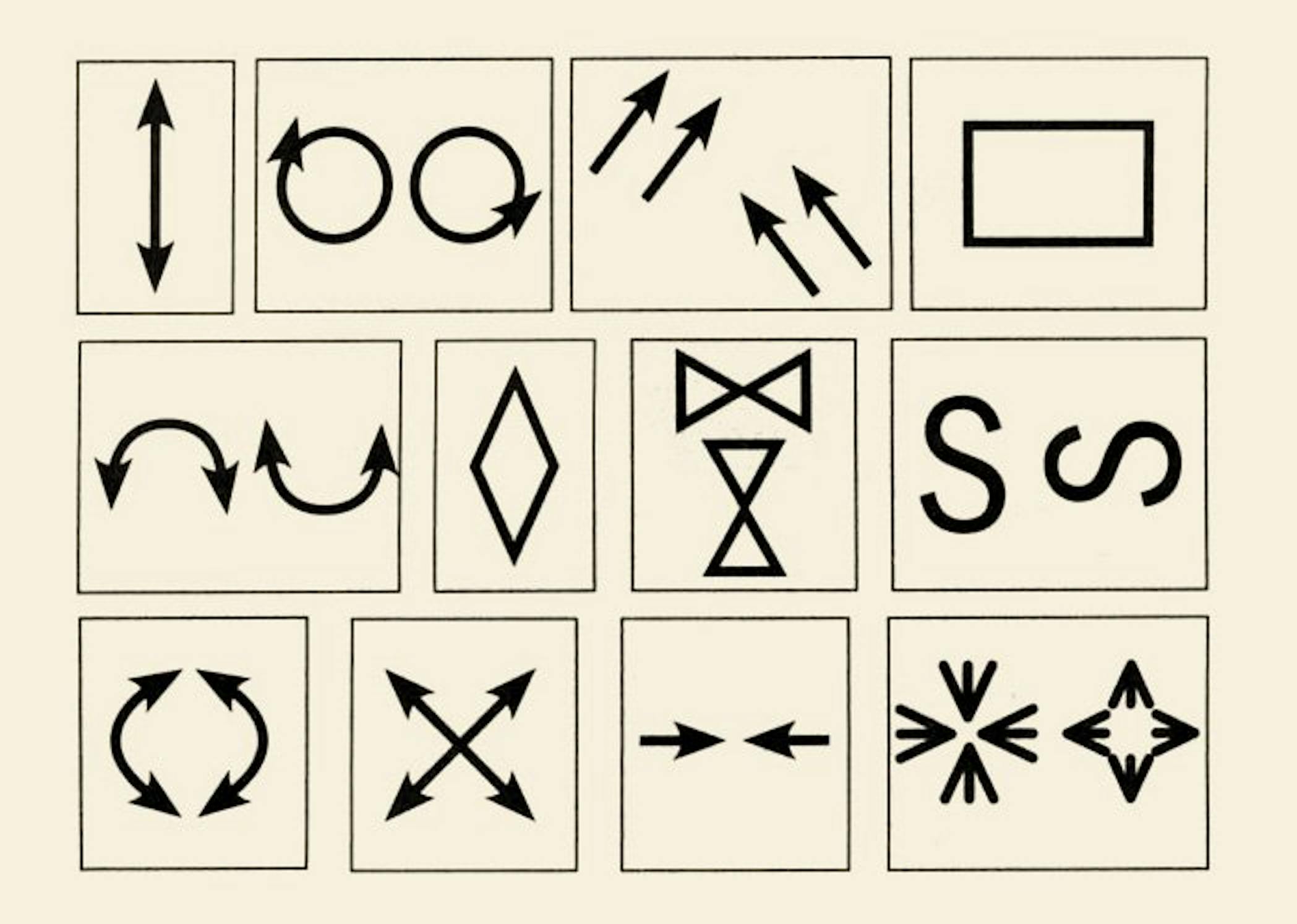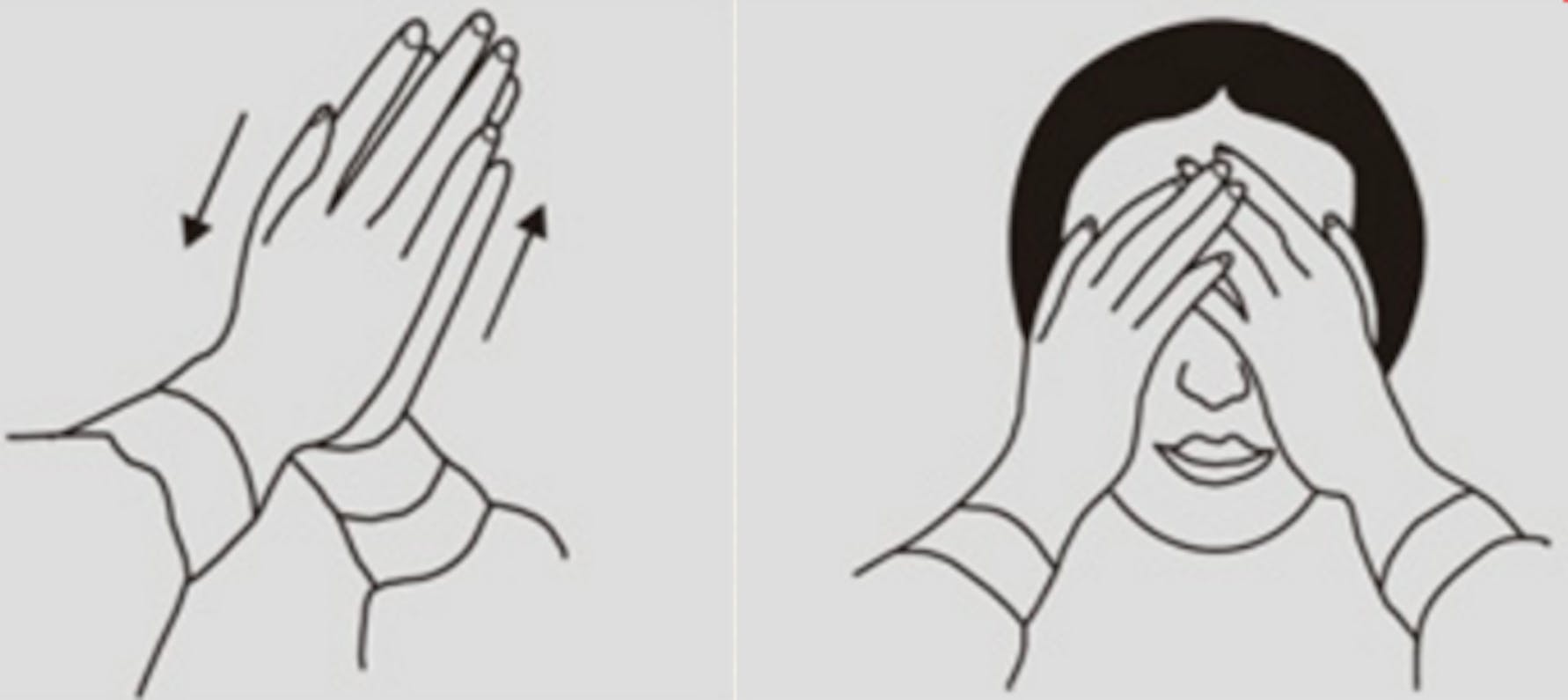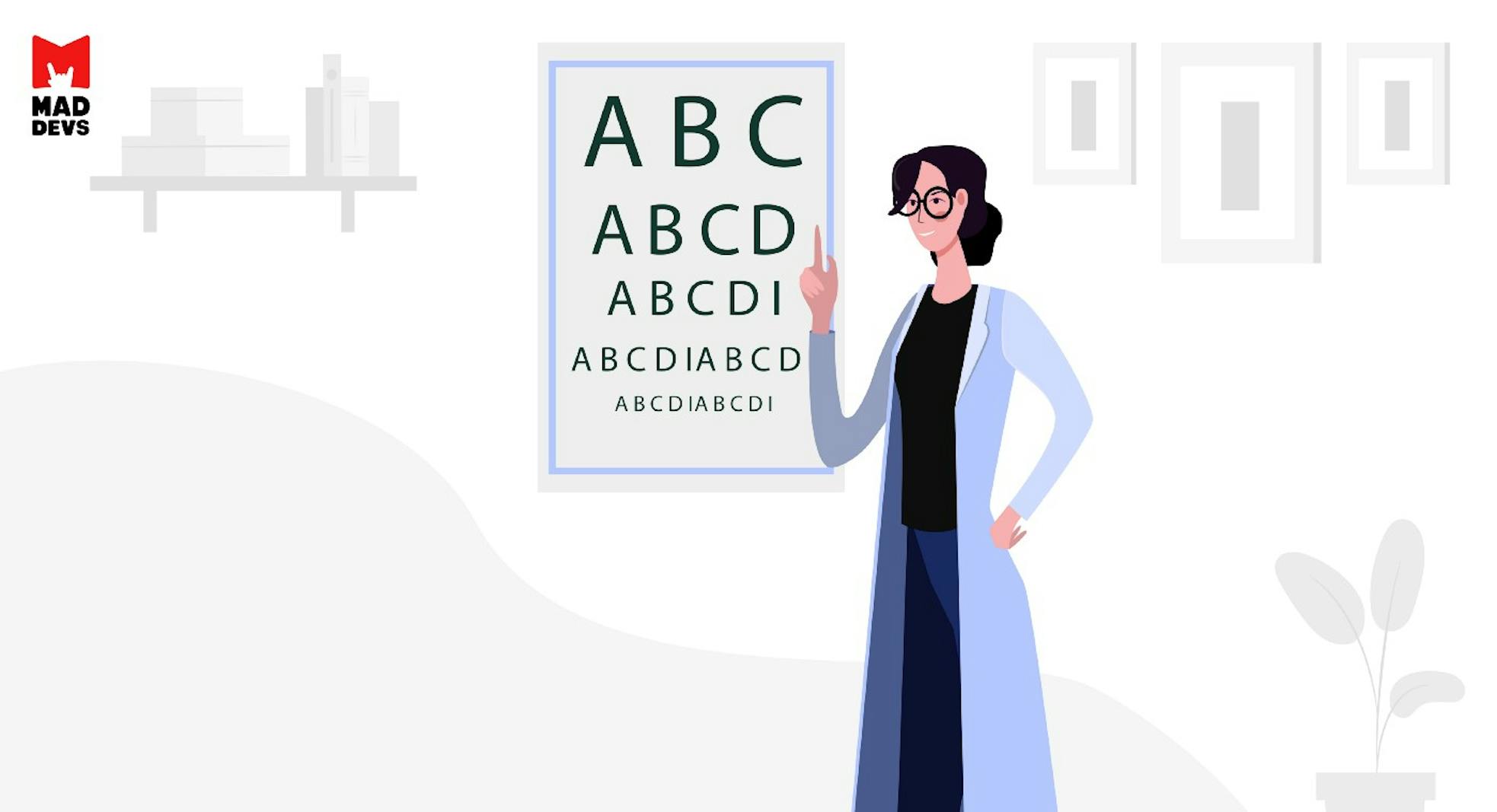Disclaimer: I am not an expert in ophthalmology, and you act at your own risk.
A person receives more than 80% of the information via the visual channel. At the same time, eyes are a highly sensitive organ, which is very easy to damage.
Working in the IT industry, we use this channel a lot, staying at our computer desks for long hours, and do not pay due attention to the health of our eyes. It leads to this kind of thing as digital eye strain, and it affects at least 50% of all computer users. It's not surprising that many of these sufferers are software developers.
But that doesn't mean you should quit being a developer or coder. There are plenty of ways to prevent computer vision syndrome. Today I want to share some simple techniques helping you save your vision.
Eye physiology 👀
To keep things simple, let's say that a human's eye consists of:
- An eyeball.
- Extraocular muscles.

As you can see, a small number of fairly small muscles are responsible for the eyeball’s movement process.
In addition to the normal rotation of the eyeball, these muscles compress and conversely reduce the compression to shift the focal distance from the lens. So you focus your eyes on distant objects or on objects that are very close to your eyes.
Static stress 😞
We spend 8–15 hours a day in front of our computers, focusing on our work. After the working day, we concentrate on the phone display. Our eye muscles do not get the necessary amount of movement. And we face two problems:
- Muscle strain due to focus on a very limited space.
- Lack of proper eyeball mobility.
These problems cause the vision to deteriorate: myopia due to the inability of the muscles to compress the eyeball to change the focal length.
In addition to the physical aspect, the psychological aspect of oculomotor muscle tension is very important. At work developers often need to think about architectures and other complicated and critical things. Finding technical solutions and firefighting are exhausting, the body is under stress, and physical tension is high.
Relax your eyes 😊
To make work more productive, you should try the Pomodoro Technique. What you need to do:
- Split the working time into 20–25-minute blocks;
- After work, close your eyes and try to relax.
This will allow you to relax and make the ocular muscles rest.
Bates method
While searching for information, I have run into an unscientific and, most importantly, a non-scientific method of improving vision — the Bates Method. Try to use these gymnastics at the beginning or end of your working day.
The point is to move your eyes along different vectors and warm (palming).
Gymnastics
- Tighten your eyes, then open them;
- Close your eyes
- Start moving your eyes up and down. 8 repetitions;
- Start moving your eyes from right to left and from left to right;
- Starting it the top left corner, draw a square with your eyes. There are 8 repetitions in one direction;
- Do the same thing in the opposite direction, starting it the top right corner;
- Top left corner — bottom right corner — top-down movement. 8 repetitions;
- Top right corner — bottom left corner — top-down movement. 8 repetitions;
- Repeat point 4 and 5, but move from bottom to top;
- Clockwise rotation 8 repetitions;
- Circular movements counterclockwise 8 repetitions;
- After every approach like this, do palming.

Palming 🤦
The goal of this practice is to warm the eyeball. You can do it with your palms.
- Squeeze your palms;
- Rub your palms hard against each other;
- Put your palms on your eyes.

Other methods to prevent strain or protect vision 👓
There are other methods to improve or protect vision, such as mesh glasses, so-called "computer" glasses that cut off the blue spectrum, or lenses.
The use of these methods should be discussed with an ophthalmologist.
Conclusion
The methods described in this article are unlikely to help improve vision, but they will help to preserve its current state. In any case, try to apply them and observe your feelings.
Take care of your eyes to keep them healthy!









